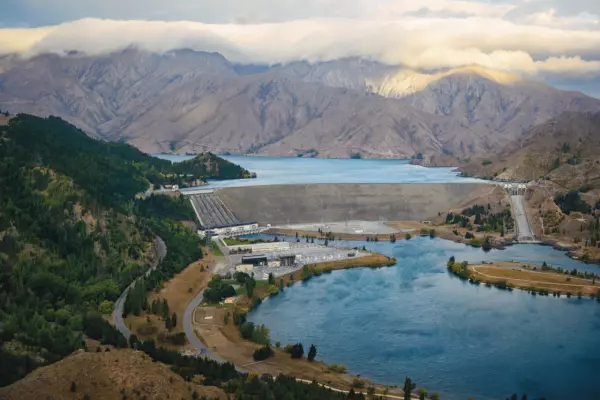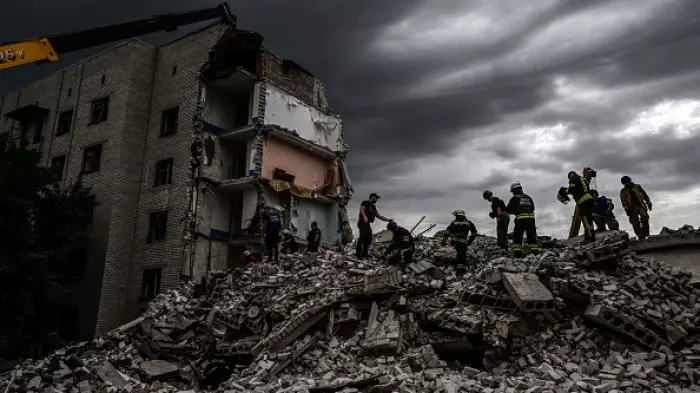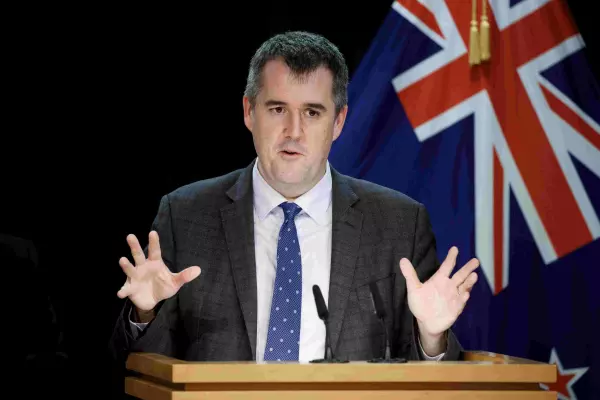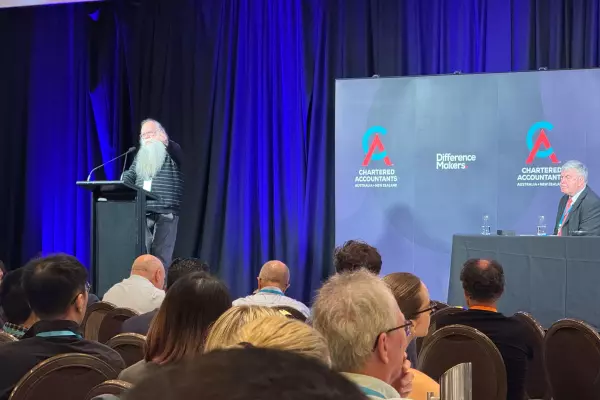Climate change minister James Shaw is getting independent advice on what international commitments New Zealand makes when he travels to Glasgow for this year’s big climate change talks.
NZ is overdue in delivering a new emissions reductions target (officially known as nationally determined contributions or NDCs) under the Paris Agreement.
Last week, Shaw said the government would not finalise its emissions reduction plan until next year. The law will have to be changed to address this as currently the government is required to complete its plan by the end of the year.
Shaw still plans to take a new NDC to Glasgow despite this.
This follows the Climate Change Commission’s advice in May that the current NDC was not compliant with the Paris Agreement’s goal to limit global warming.
“We have sought independent expert advice on New Zealand’s NDC against the global 1.5 degree temperature goal. Government is considering the NDC against this advice received in May. This will be announced in time for the upcoming COP26 in Glasgow in November.”
Shaw’s comments follow the release of a United Nation’s update on national climate action plans submitted by the 191 countries which signed the Paris Agreement.
Shaw said the report revealed a mixed picture.
“I welcome the ambition of the countries that have stepped up and committed to greater action by 2030 through committing to more ambitious NDCs,” Shaw said.
“It is clear that much more action is needed. Current NDCs will see global emissions rise 16.3% (on 2010 levels) by 2030. Whereas limiting the temperature rise to 1.5 degrees means CO2 emissions have to nearly halve by 2030.
“That’s a big gap, which highlights just how important the COP26 talks in Glasgow will be in order for countries to come together and address that gap.”
Political debate yet to focus on the substantive issues
So far most of the recent political debate about climate change policy has focused on whether Shaw should be going to the Glasgow meeting at all, and whether he and associated advisers should take up MIQ spaces when they come back.
Those attacking Shaw said among other things the talks were a waste of time, created greenhouse gas emissions by people travelling there and he would use up precious MIQ spaces.
There may be some truth to all that, but the talks in Glasgow could have a long-term impact on New Zealand’s future. A number of important matters are still yet to be agreed upon by countries in the Paris Agreement.
First, NZ is going to need to use international carbon credits to meet its commitments under the Paris Agreement. This is because NZ is not on track to meet its current emissions reductions targets let alone one of higher ambition.
There is as yet no agreement under the Paris Agreement on whether international carbon credit trading should be allowed, let alone how it might work.
Second, NZ is also like many countries going to rely on planting trees to offset emissions for some time. This is a matter of some debate in the international community.
There is also the issue of agricultural emissions. NZ has been focused on reducing farm animals emissions because they make up a large proportion of the country’s emissions profile, but the international community is only slowly coming to focus on the issue. Which direction this takes is vital to NZ’s economic future.
Also, there is a matter of international reputation. NZ’s lack of progress in meeting its current commitments is not going unnoticed, nor is its lack of a plan to meet them or the failure to meet the NDC deadline. Many countries are moving to put in place barriers to protect their economies from those who fail to keep up with the rest, the Glasgow meeting could see positions lined up on these issues.
Shaw is in the difficult position of having to go to Glasgow with a new target, but no agreement between ministers on how to achieve it.
It will be pretty important to have a voice in the room to guard NZ’s interests in what are hideously complex negotiations, politically, legally and in policy design.
Of course, there is a good chance the COP26 talks will fail and no agreement will be reached.
A mixed picture
The latest report from the UN’s climate agency (UNFCCC) shows NZ is not alone in having a large gap between stated ambition and actual plans to meet them.
The report indicated a clear trend that greenhouse gas emissions are being reduced over time. However, the data showed the world is on a “catastrophic pathway” to 2.7-degrees Celsius of heating by the end of the century.
Those who signed up to the pact agreed to take measures to keep this to within a 1.5 degree Celsius threshold.
The document includes updates to the NDCs of 113 countries representing about 49% of global emissions, including the nations of the European Union and the United States. New Zealand is not among those countries.
Those countries now expect or have pledged to decrease their greenhouse gas emissions by 12% in 2030 compared to 2010.
UN secretary general António Guterres told a forum of major economies on energy and climate, hosted by US President Joe Biden, that a 45% cut in emissions by 2030 was needed to reach carbon neutrality by mid-century.
In the NDCs, 70 countries indicated a goal of carbon neutrality by around 2050. If this happened it could lead to emissions reductions of about 26% by 2030, compared to 2010.
The flip side of this is if NDCs stay the way they are now for all 191 countries, the average global emissions in 2030 compared to 2010 will increase by around 16%. This path would lead to a temperature rise of about 2.7C, by the end of this century.
Patricia Espinosa, executive secretary of UN Climate Change, urged countries to submit or update their national plans at any time, including in the run-up to COP26 in Glasgow.
Espinosa was not all doom and gloom saying the latest batch of NDCs showed a marked improvement in the quality of information presented, for both mitigation and adaptation, and tend to be aligned with broader long-term, low-emission development goals.
By the numbers
This report brings together information from the 164 latest available NDCs, representing all 191 parties to the Paris Agreement, including the 86 new or updated NDCs communicated by 113 parties as at July 30. These cover 93.1% of the total global emissions in 2019, or roughly 52.4 gigatonnes of carbon dioxide equivalent (Gt CO2e).
The total global GHG emission level (without land use change and forestry), taking into account implementation of the latest NDCs, is estimated to be around 54.8 (52.8–56.8) Gt CO2e in 2025 and 55.1 (51.7–58.4) Gt CO2e in 2030.
In 2030, this would be 59.3% higher than in 1990, 16.3% higher than in 2010 and 5% higher than 2019.
In comparison, the total GHG emissions of new or updated NDCs are estimated to be 24.4 Gt CO2e in 2019, and total GHG emission levels resulting from the implementation of their NDCs are estimated to be around 23.5 (22.8–24.2) Gt CO2e in 2025 and 21.4 (20.3–22.6) Gt CO2e in 2030.
This would be around 3.5% (3.1–3.8) lower for 2025 and 11.3% (10.6–12.1) lower for 2030 than the estimated total GHG emissions for these years according to their previous NDCs.
The implementation of most conditional elements depends on access to enhanced financial resources, technology transfer and technical cooperation, and capacity-building support; availability of market-based mechanisms; and absorptive capacity of forests and other ecosystems.
Only a few countries said they would phase out the use of coal to produce electricity by 2025.
A few also proposed banning new registration of diesel and petrol vehicles after 2030.
Other plans included expanding forest cover by 2030, such as a 60% increase without competing for land with the agriculture sector.














